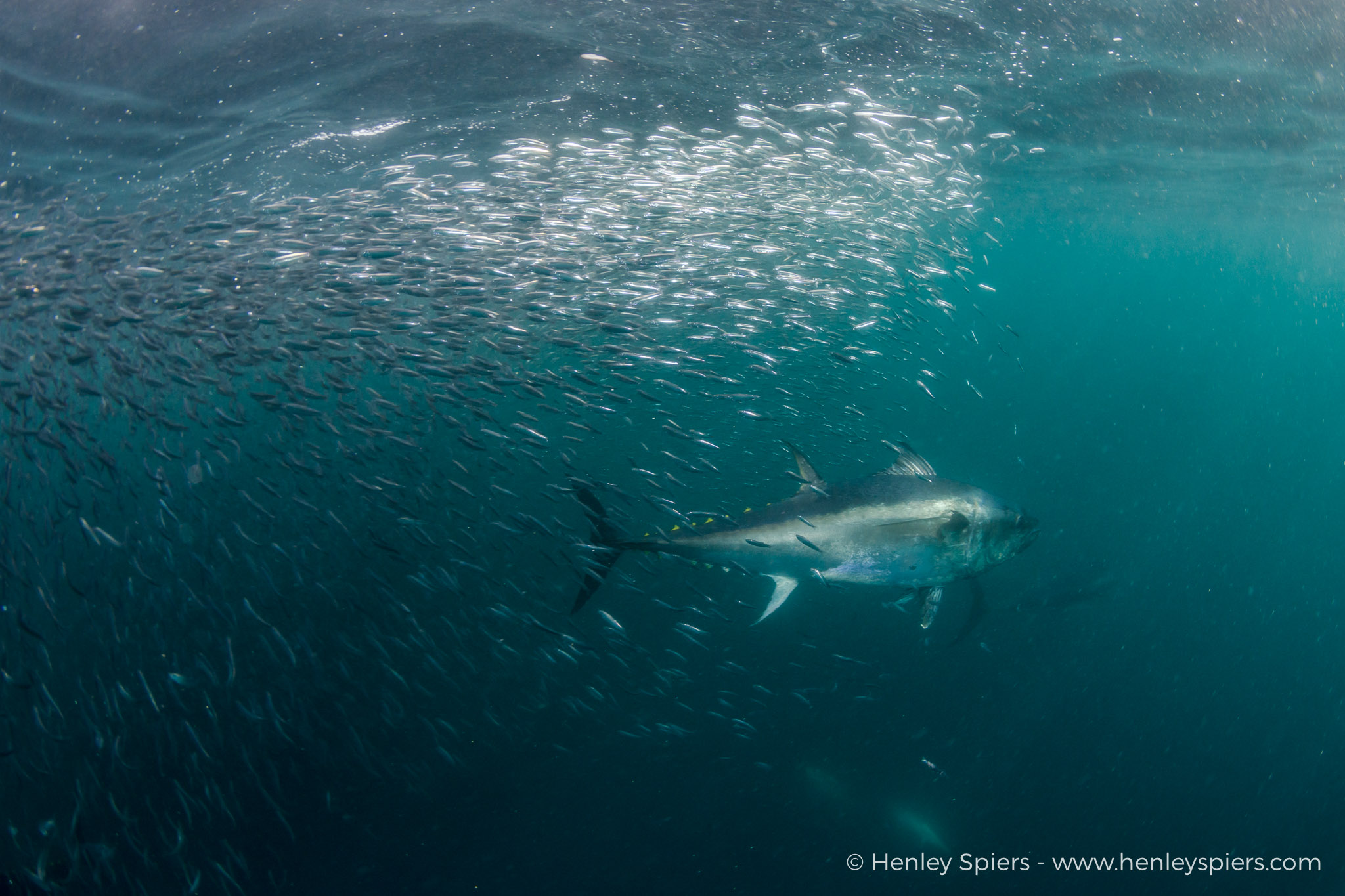Written by Dr Tom Horton
A short history of bluefin tuna off Devon and Cornwall
For more than half a century, Atlantic bluefin tuna were largely absent from UK and Irish waters, a stark reminder of historical overfishing throughout their range in the North Atlantic Ocean. Recently, thanks to dedicated scientific efforts and rigorous fisheries management, these iconic giants have made a remarkable comeback. After decades of absence, Atlantic bluefin tuna are now, once again, seen chasing prey off our coasts each summer.
This return brought questions, and between 2018 and 2024, the Thunnus UK project, a collaborative effort between scientists from the University of Exeter and Centre for Environment, Fisheries and Aquaculture Science (Cefas), embarked on a groundbreaking mission to better understand these incredible fish.
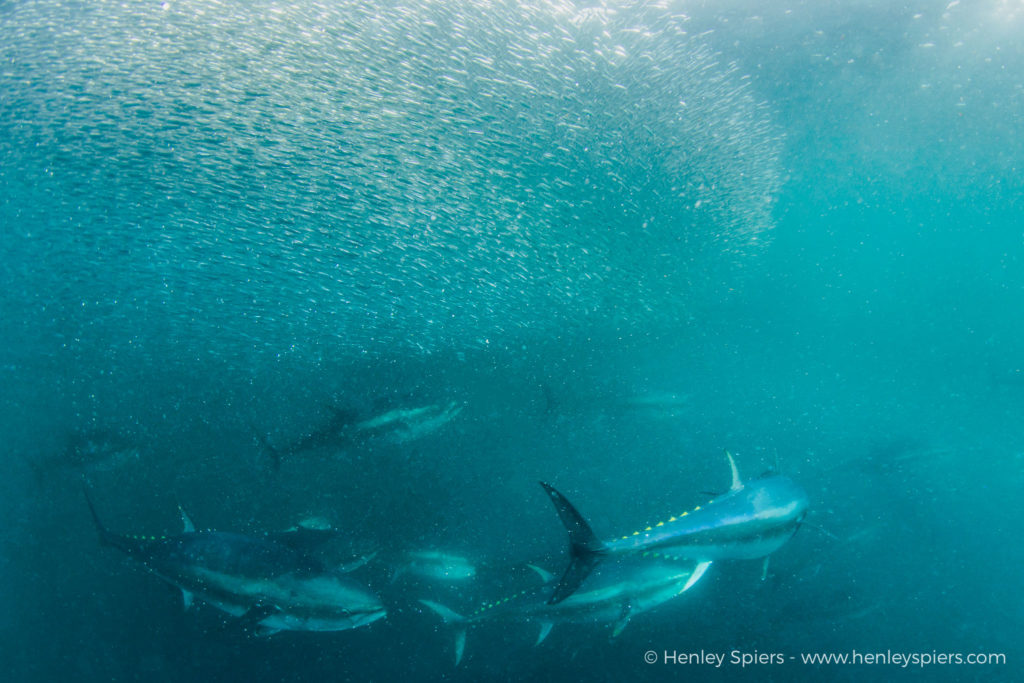
Using cutting-edge electronic tags, the Thunnus UK team provided first insights into the movements and behaviours of bluefin seasonally present off the coasts of Devon, Cornwall and even Wales. Data from the tags revealed that these incredible fish aren’t just passing through, they are returning to our seas every single year, following familiar migratory routes and spending far more time here than anyone had ever realised. Their data showed tuna diving both deep and wide, navigating our coastal waters and linking their annual visits to key habitats like the Bay of Biscay and their Mediterranean spawning grounds.
On occasion, the sophisticated tags provided unprecedented detail, even capturing incredibly rare events. In one astonishing instance, a tag recorded the dramatic pursuit, capture, and ingestion of a bluefin tuna by a marine mammal, most likely an orca. The high-resolution data revealed the tuna’s intense struggle and the predator’s subsequent internal temperature, offering unique insights into the energetic dynamics between two of the ocean’s apex predators. Such revelations highlight the extraordinary capacity of this technology to peel back the layers of marine life.
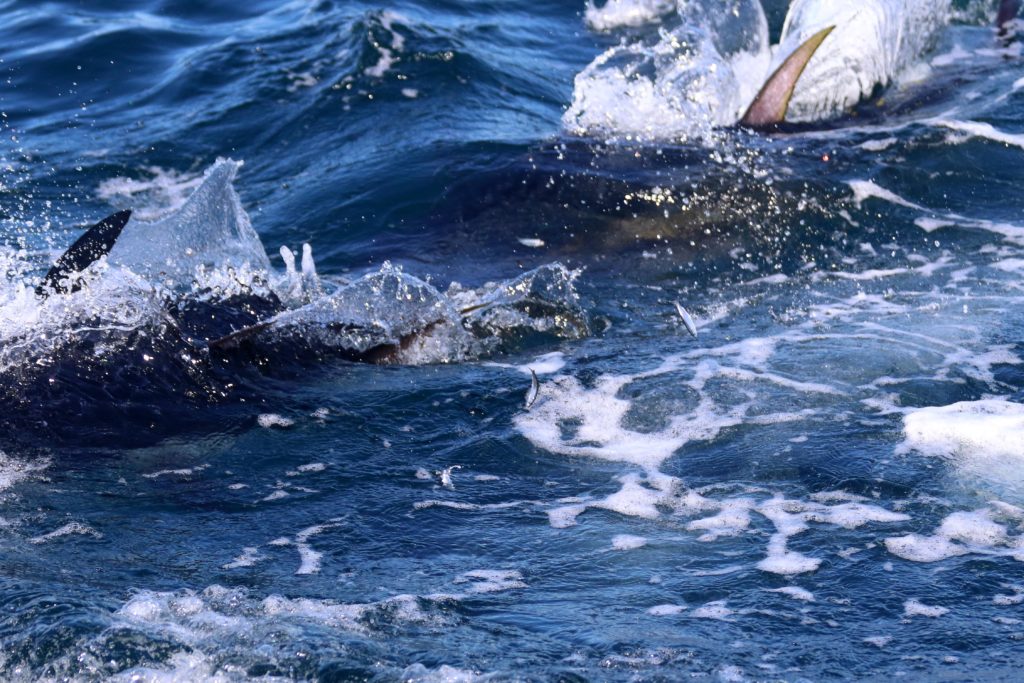
What don’t we know?
Despite these major achievements in mapping their movements and understanding their behaviours and open-ocean struggles, one significant mystery remains: what exactly are these magnificent bluefin tuna eating while they’re here?
This isn’t just a curious question – it’s a crucial missing piece in the puzzle of their regional ecology. The reality is that Atlantic bluefin tuna are here to feed on the rich diversity of prey fish we have in our waters. If the populations of these prey fish dwindle, for whatever reason, it may cause the bluefin to migrate elsewhere to find their dinner.
We have some idea already of what they might be eating from pictures, videos, fisheries interactions, and some preliminary research. These first results suggest that the mainstay of tuna food are the small (~5-11 cm in length) baitfish that form the bedrock of our pelagic ecosystem and support regional fisheries (e.g. sardines). It is now vital that we build on these early indications and develop the understanding we need to allow tuna and fisheries to co-exist in our waters.
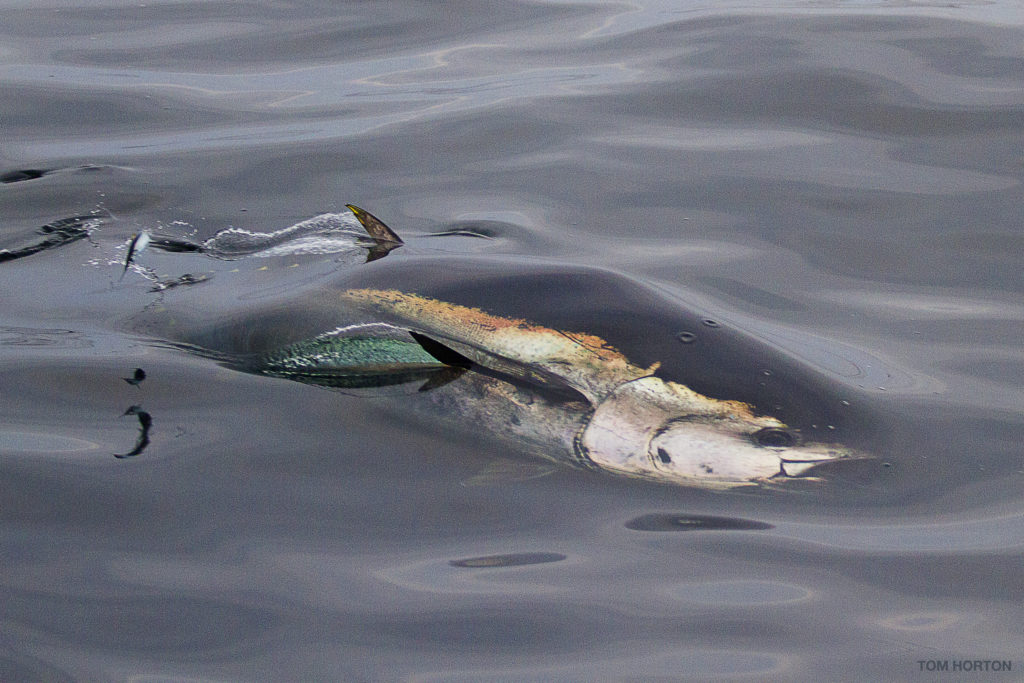
Effective conservation isn’t just about protecting the bluefin tuna themselves – it’s about safeguarding the very food sources that sustain them. If we can identify and understand the prey species essential to their survival in UK waters, we can implement targeted measures to protect these crucial links in the food chain. This could involve specific fisheries management practices, habitat protection, or even seasonal considerations to ensure these prey populations remain healthy and abundant.
Without this fundamental knowledge, our conservation strategies for bluefin tuna in the UK are built on an incomplete picture. To truly underpin their long-term recovery and ensure these powerful visitors thrive in our seas, we need to take the next big step: we need to understand their diet. Your support can help us embark on this vital research, ensuring that our efforts to protect bluefin tuna extend to the entire ecosystem they depend on.
Feeding the comeback…
Bluefin tuna: Feeding the Comeback is a new initiative led by the University of Exeter in collaboration with the Devon Environment Foundation, Cornwall Council, the Marine Management Organisation, Blue Marine Foundation and the bluefin tuna fishing sector.
This project seeks to: 1) understand what tuna are eating, 2) educate on tuna’s role in our ecosystem, and 3) inform on how we best manage populations for the benefit of a healthy ecosystem with bluefin.
To understand what tuna are eating, the project will work with licensed bluefin tuna fishermen to collect stomach samples from tuna landed in ports across Devon and Cornwall. Back in the lab, using a powerful technique called “genetic metabarcoding” we will accurately identify the food in the stomachs, even when they have been mostly digested. Traditional diet studies rely on looking at what’s in a tuna’s stomach, but often it’s too digested to tell. With DNA metabarcoding, we can unlock a hidden world of soft-bodied prey, trace species, and subtle patterns that visual methods miss. How many stomachs samples we can process will depend on how much money we can raise through our Crowdfunder.
Beyond the lab work, the project aims to create something bigger. There is still much to learn in the world of bluefin, and these iconic animals have many different meanings to different people.
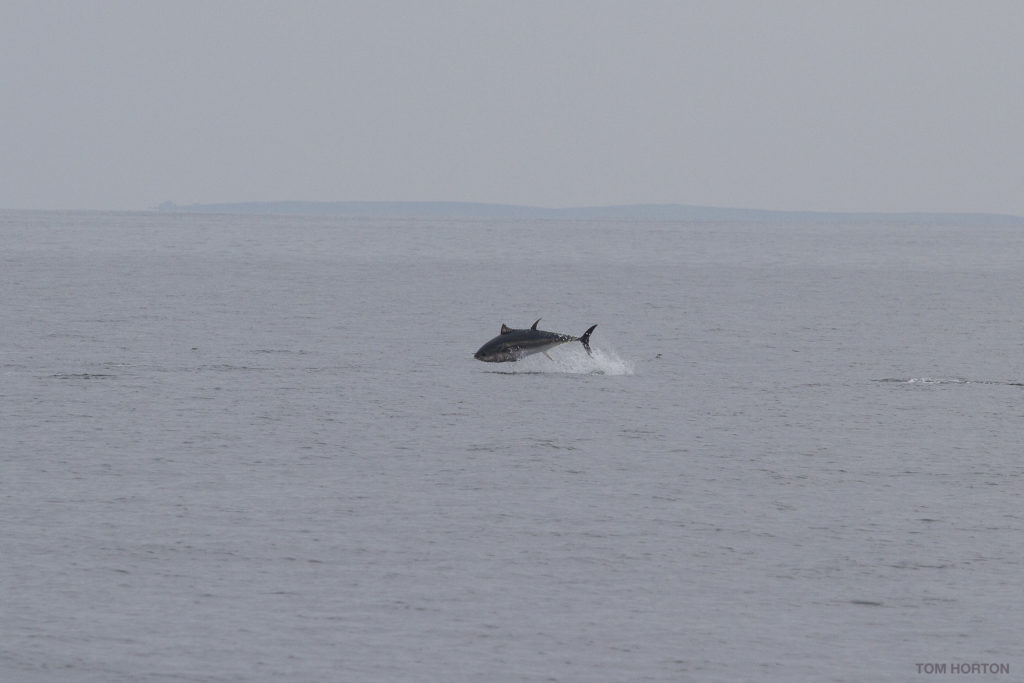
By engaging across all sectors, working with award-winning creatives, and sharing what we learn, ‘Bluefin tuna: Feeding the Comeback‘ aims to educate on the importance of bluefin tuna in our waters, and how we can work together to allow these incredible beasts to thrive here. Whether an in-person event, infographic or film, there will be many ways that you can engage with all things bluefin.
We want to make a difference and aim to do this by using what we learn to inform fisheries management for the species that support our seasonal bluefin population. To do this we will work closely with the Blue Marine Foundation and Defra to make space for bluefin in our marine management. What does this mean? It means considering bluefin tuna feeding when considering how to manage those populations of fish that also have commercial fisheries. We do not aim to stop commercial fishing, rather find the middle ground whereby fisheries and fish can co-exist.
How can you get involved?
Atlantic bluefin tuna have returned to our waters – a powerful symbol of recovery and resilience, but their future here is not guaranteed. With “Bluefin tuna: Feeding the Comeback”, we have a unique opportunity to shape that future by uncovering the missing pieces of their ecological puzzle and ensuring their seasonal visits are not just fleeting, but long-lived securing the myriad benefits they bring. Whether you’re a fisher, conservationist, policymaker, or simply someone who marvels at the idea of 300kg predators just off our shores, your involvement matters. By supporting this work, you’re helping to build a shared vision: one where thriving tuna populations, productive fisheries, and healthy seas all have a place. The comeback has begun – now let’s feed it.
This Crowdfunder supports key research and education on the diet of Atlantic bluefin tuna, helping to secure their remarkable return to UK waters, enhancing local biodiversity and making space for nature un our waters. To support this campaign, visit the Crowdfunder page here.

